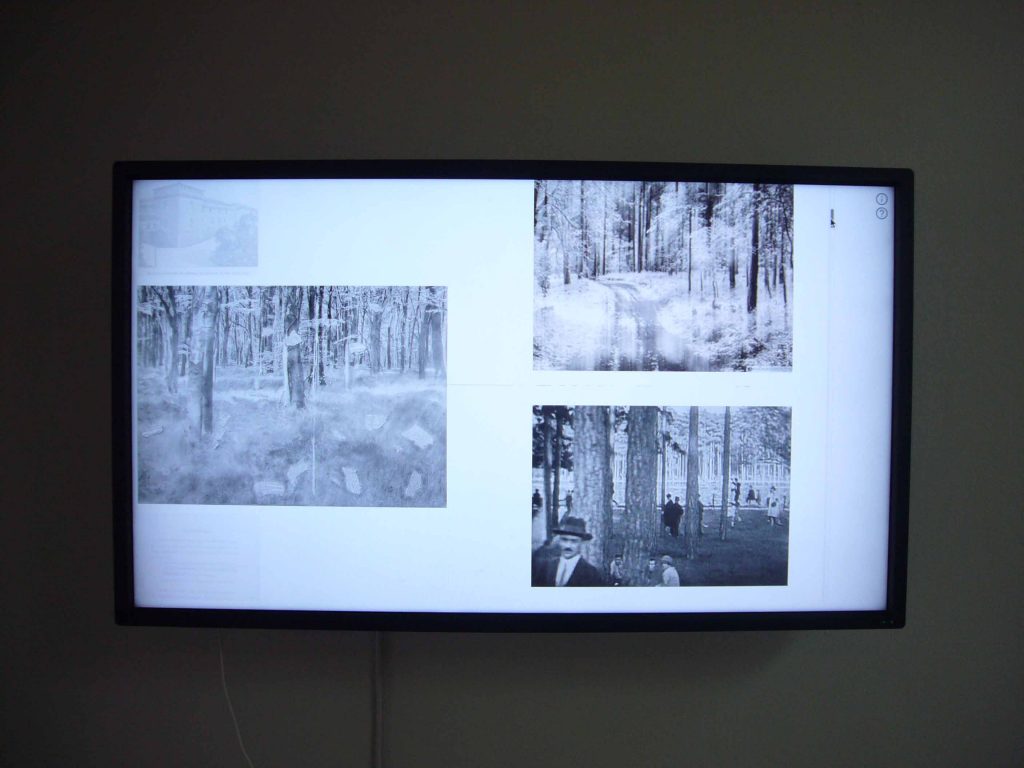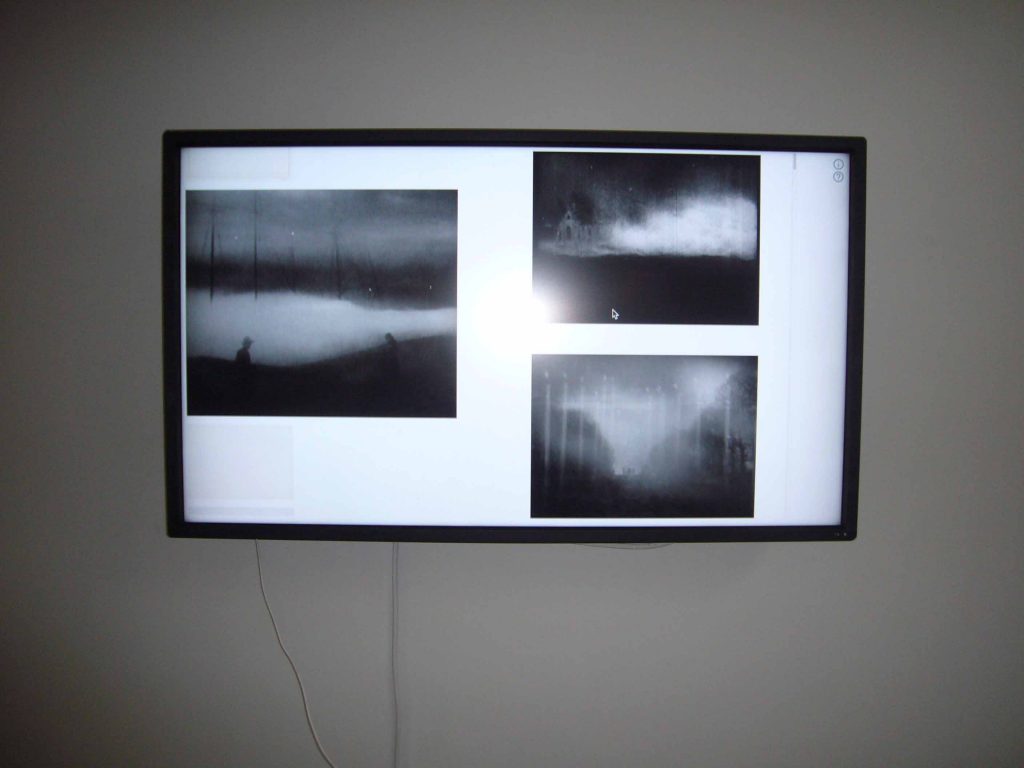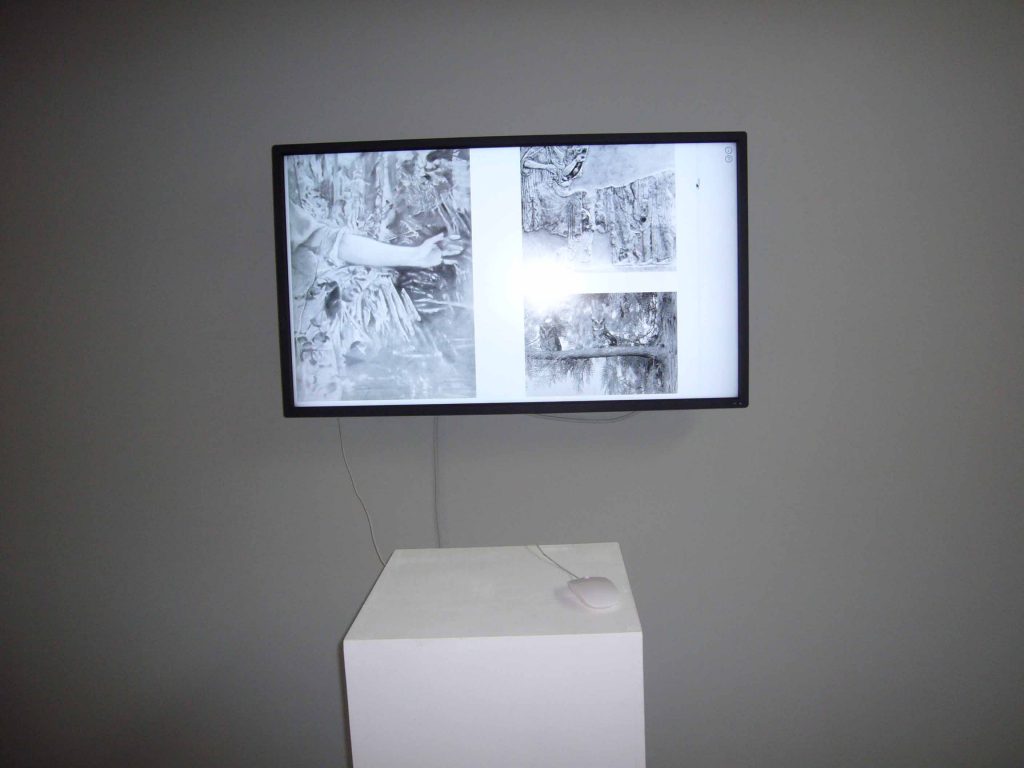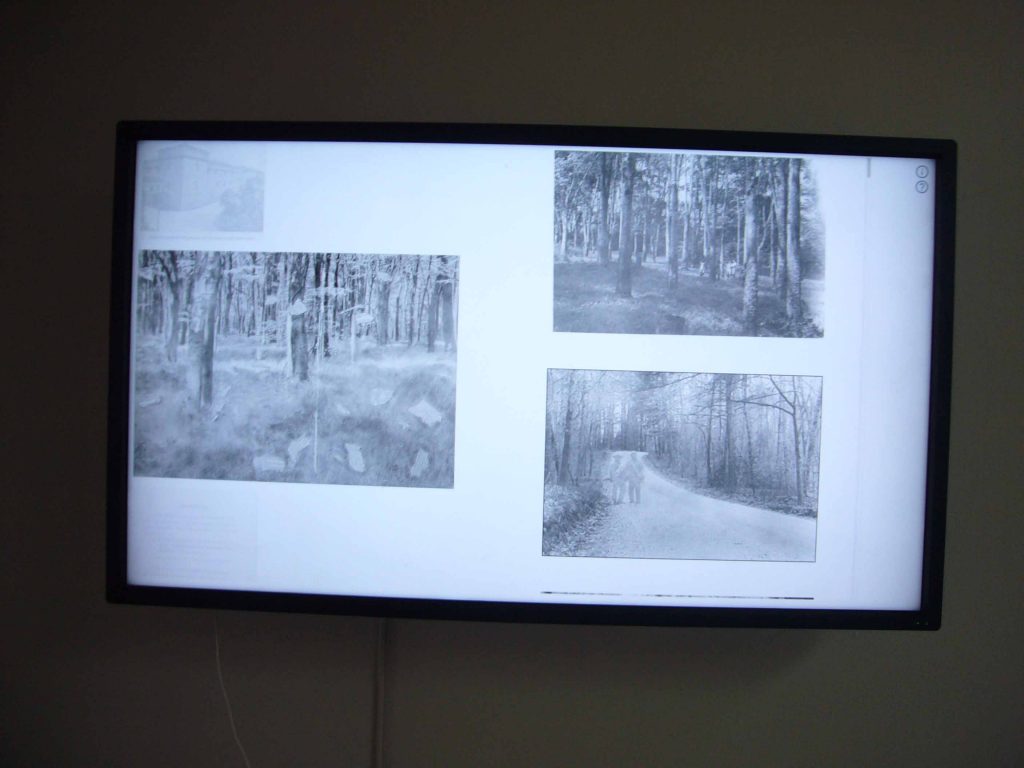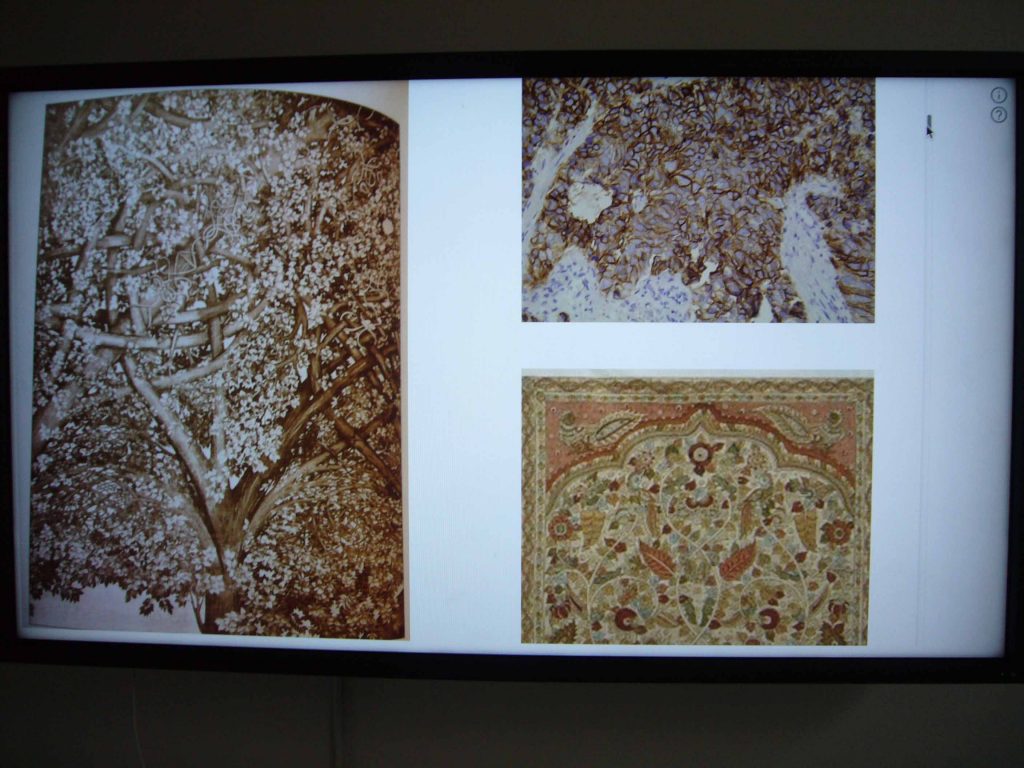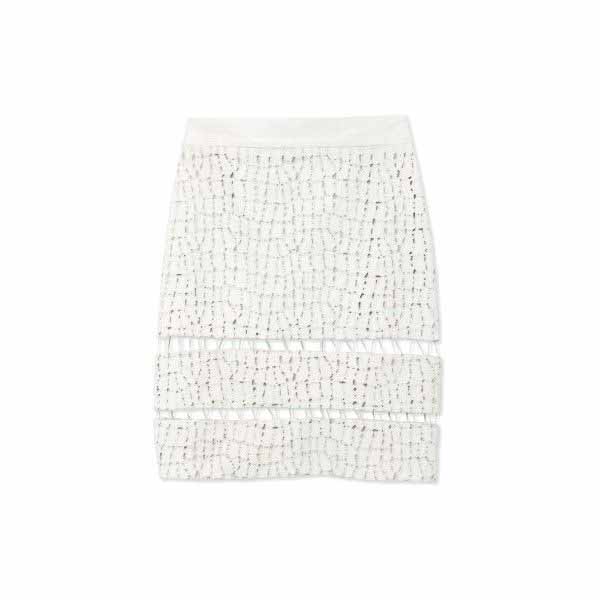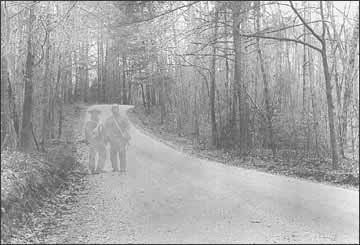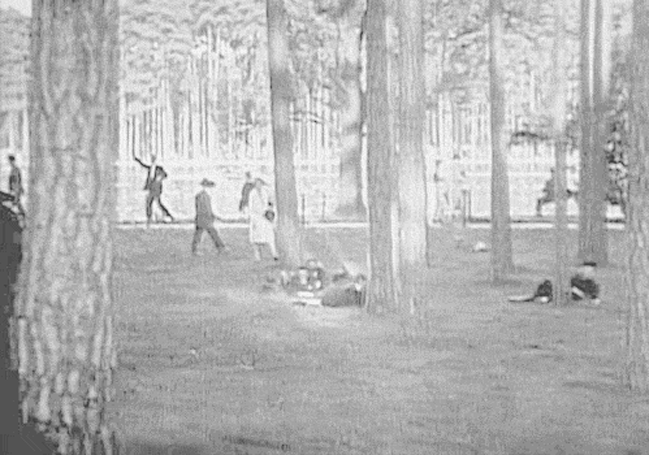MACCHIA ABSTRACT
Macchia: working between two materialities
Macchia indexes a series of my own drawings of digital images to explore the ways that image search engines interpret hand-made representations as ‘equivalents’ of their source.
In his Treatise on Painting (1452-1519) Leonardo da Vinci described the painting’s ‘macchia’: ‘(…) a stain on a wall, where you see a beautiful country’ (my translation).
The Macchia projectexamines the framework of meaning that is produced when representations of material forms are transported between the material world and the digital domain.
This research reflects on the ways that hand-made images are understood when transported into the digital domain. Through a series of my own drawings that accurately reproduce digital images I have been testing the ways that image search engines interpret hand-made representations as ‘equivalents’ of their source. My drawings are close facsimiles of material found online, citing and reversing the detachment from hand-made processes. Experimenting with internet image search engines I ‘return’ my copies to image-search for ‘equivalent’ images. The plagiarism search engine software appears unable to read my images correctly and often cannot locate the sources from my drawn copies. The image search ‘equivalents’, the demonstration of what the artificial intelligence ‘sees’ raises questions about the difference between human and AI visual comprehension.
I worked in collaboration with artist Michael Day on this project to develop a prototype app that produced search results paralleling my own mimetic copies of images found online with search results that only occasionally located the images that I had copied. Working between two materialities enabled a focus on the distinct characteristics and formal languages of representation in the analogue and digital. I wanted to map the limits of each form to think about how they sit side by side. Through a ‘dialogue’ with the search engine’s artificial intelligence, I was learning about the software’s process, and through this interaction it was also reacting to me. The project opened up in ways I could not have foreseen, becoming an exploration of art’s connection to personhood and the potential for loss of personhood in the digital world as the trace of the artist’s hand recedes.
